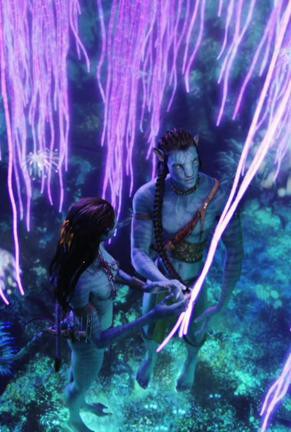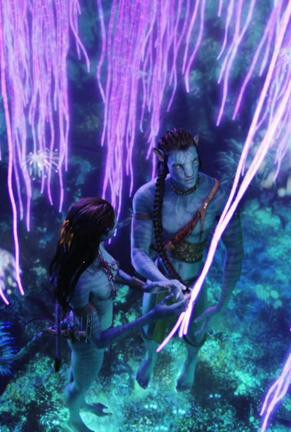In the Future, All Streetlights Will Be Glow-in-the-Dark Trees


Via the Smithsonian, news of an entrepreneurial San Francisco-based team of biologists who plan to insert genes from bioluminescent bacteria into ordinary plants “as a first step to creating glowing trees.”
Scientists genetically engineered the very first glow-in-the-dark plant in the 1980s, a tobacco plant with a firefly gene inserted into it. Historically, what has been the purpose of doing this?
The first time, I think, was just a demonstration project. But scientists have used it since to study things like root growth… Traditionally, what they’ve done is insert the gene for luciferase [an enzyme from a luminescent organism] along with a promoter [a region at the beginning of a gene that tells a cell to start transcription, the first step to producing a protein] and then add the luciferin [a chemical that produces light when oxidized] manually. They have even had these glowing plants up on the International Space Station, so it is a pretty well established technique.
I’ve had a thing for this subject ever since my senior year of high school, when unexpected events landed me a night in the bioluminescent bay in Vieques; it was the closest thing I’ve ever experienced to magic, floating in pitch-black water, watching bluish sparkles collect around my skin and twinkle down from my hair as I wrung it out after swimming. There are, of course, certain concerns involved when you start talking about transgenic organisms and their potential distribution in the wild, but all I can think about are the unlit, now-bankrupt streets of downtown Detroit, and how cool it would be to have glowing trees there.
In preliminary calculations, you figure that a glowing tree that covers about 1,000 square feet would cast as much light as a streetlight.
It will be a very different type of lighting effect. If you think about the way that the day is lit, the light comes from the whole sky; it doesn’t just come from a point, whereas light bulbs come from a point. Our lighting will be much more diffused and we think much more beautiful.